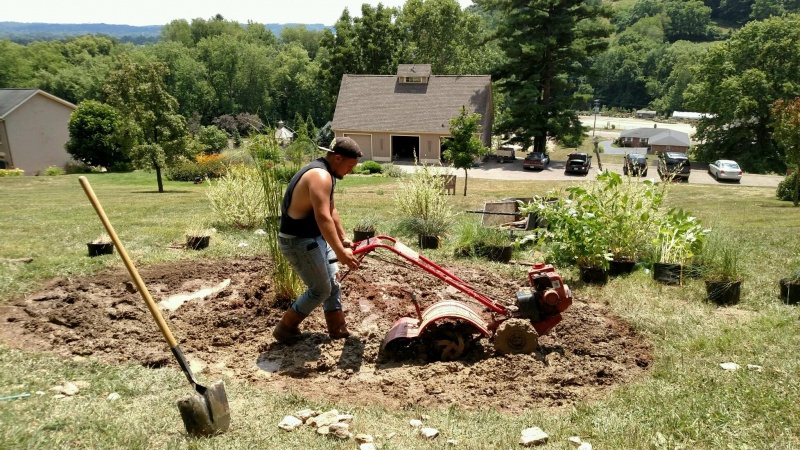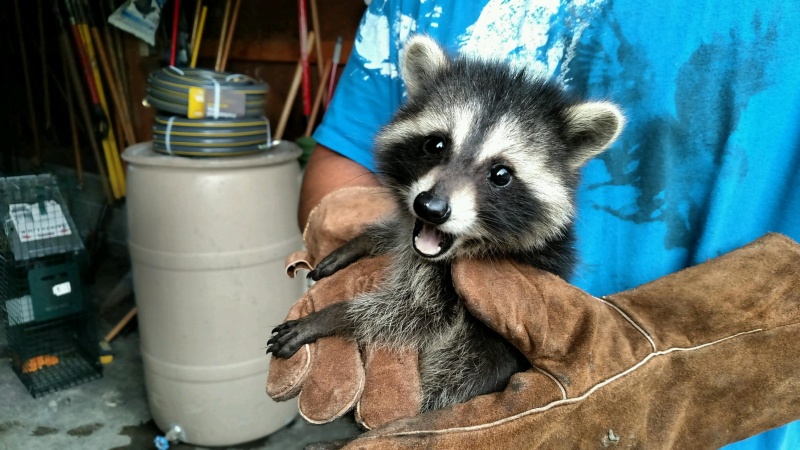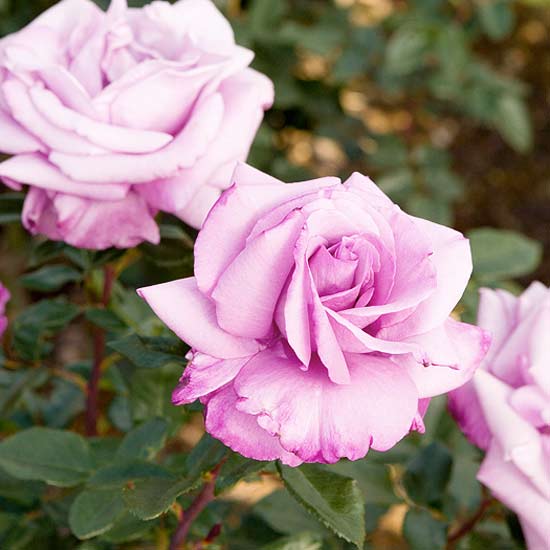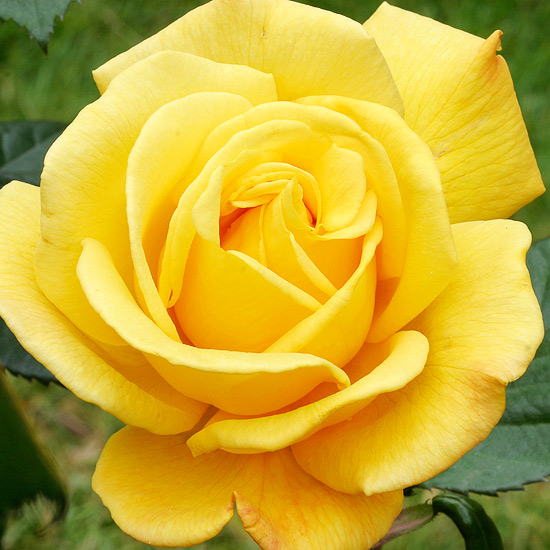... Yes, I didn't say "blog", I said "bog"!
Here, it looks like a garden spot to mud wrestle, but actually, it's a very wet area (year-round) where we've decided to provide a location to educate our community on purposes and benefits of utilizing a BOG in your own garden! We are so excited to finally have the area planted with some wonderful water-loving plants.

- 1.wet muddy ground too soft to support a heavy body."the island is a wilderness of bog"
- 1.cause (a vehicle, person, or animal) to become stuck in mud or wet ground."the car became bogged down on the beach road"
- (of a person or process) be unable to make progress."you must not get bogged down in detail"
-
Come VIEW our newest garden exhibit on the hillside above the butterfly habitat!

Create a Beautiful Bog Garden
| | | | | |

Similar Topics:
When to Start: Anytime
At Its Best: Summer
Time to Complete: 2 days
Dig Out Border
Next to your pond or other suitable area, use a garden hose to make a curved and natural outline for your bog garden. Dig it out to a depth of about 24 inches and set the soil aside. Although you want the soil in your bog garden to be moist, it shouldn't be completely saturated or it will lack oxygen, which is vital for healthy plant roots.
Plant Up
Position your bog plants, still in their pots, and when you're happy with the design, plant them so that they are at the same level as in their pots, or slightly deeper. Mulch with organic matter. Keep well watered until the plants are fully established.









